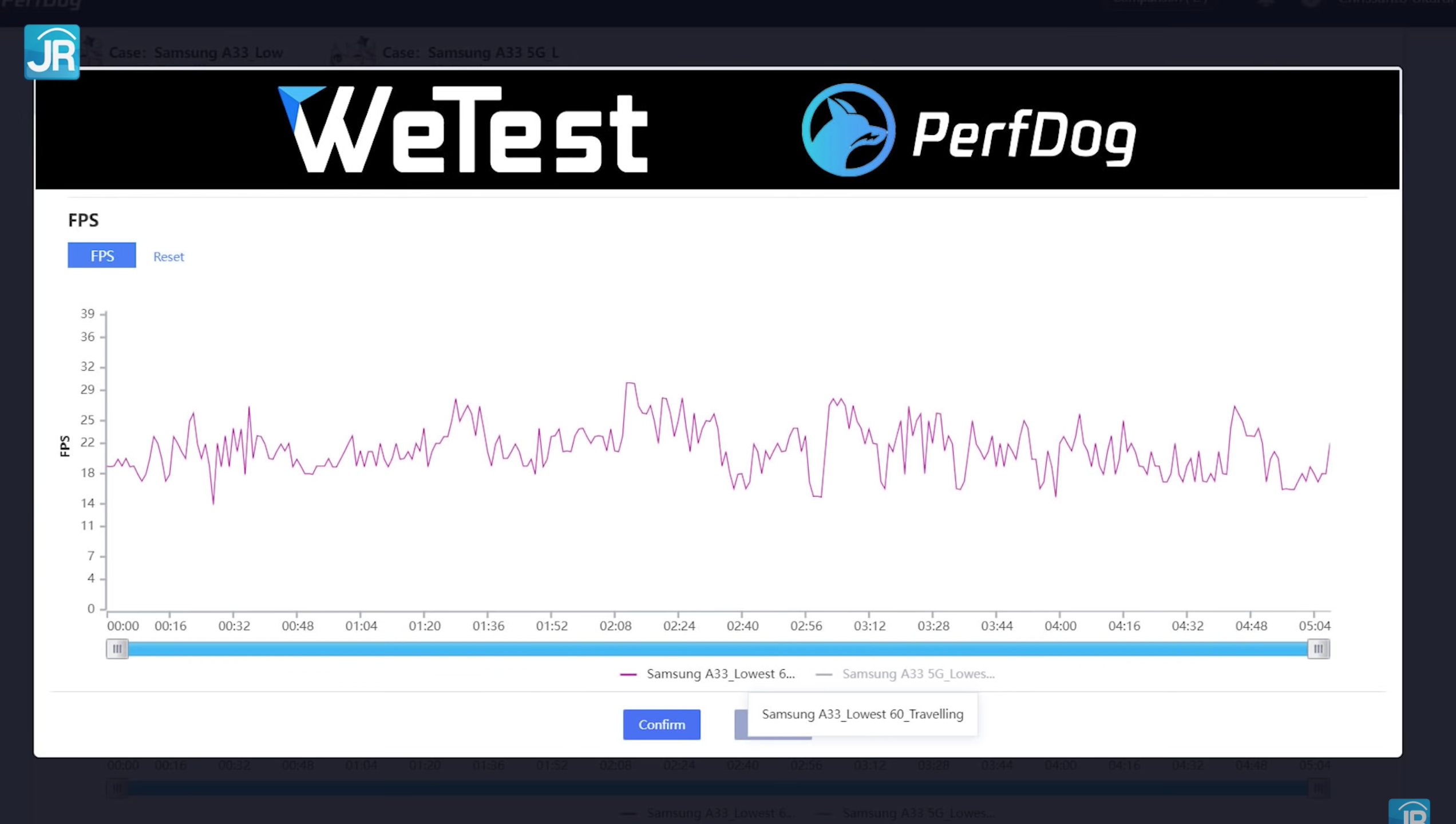Performance Testing Frameworks: Choosing the Right Framework for Your Project
In today's fast-paced digital landscape, delivering high-performing software applications is vital for businesses. Performance testing frameworks enable developers and testers to evaluate the efficiency and reliability of their applications under different loads. By simulating real-world scenarios, these frameworks help identify performance bottlenecks and ensure optimal user experience. Let's delve into the world of performance testing frameworks and explore their features and benefits.
Why Performance Testing Matters
Performance testing plays a crucial role in software development for several reasons. Firstly, it helps ensure that an application can handle the expected workload without any performance degradation. By testing the application under different load conditions, developers can identify and address performance issues before the software is deployed. This leads to improved user satisfaction and prevents revenue loss caused by slow or unresponsive applications. Additionally, performance testing helps optimize resource usage, scalability, and overall system efficiency.
Factors to Consider When Choosing a Performance Testing Framework
When selecting a performance testing framework for your project, consider the following factors:
Test Requirements: Evaluate your project's specific testing needs, such as the target application or system, expected user concurrency, protocols, and performance metrics to measure.
Scalability: Consider the framework's scalability capabilities to simulate high user loads and handle distributed testing.
Support of Protocol: Ensure that the framework supports the protocols required for testing your application, such as HTTP, HTTPS, SOAP, or others.
Ease of Use: Assess the framework's user-friendliness, including its scripting or test scenario creation capabilities, GUI, and reporting features.
Integration: Check if the framework integrates with your existing development, continuous integration, or monitoring tools to streamline the testing process.
Community and Support: Evaluate the framework's community size, active development, availability of documentation, and access to support resources.
Cost: Consider any licensing or subscription costs associated with the framework and compare them against your project budget.
By carefully evaluating these factors, you can choose the right performance testing framework that aligns with your project's requirements and helps ensure optimal system performance.
Conclusion
Performance testing frameworks play a crucial role in evaluating the performance and scalability of software applications. They enable testers to simulate real-world user loads, measure response times, and identify performance bottlenecks. With a wide range of frameworks available, it's essential to choose the right one based on your project's specific needs.
By selecting the appropriate performance testing framework, you can ensure the optimal performance and user experience of your software applications.
Boost Your Software's Performance with WeTest PerfDog
In addition to using traditional testing tools for software testing, it is important to consider specialized tools that can specifically improve the performance of your applications and games. As a leading provider of mobile platform performance tests and analysis, WeTest has developed a cutting-edge tool called PerfDog.

PerfDog is a comprehensive performance test and analysis tool that allows you to quickly identify performance issues in your application or game. Our solution supports all types of applications, including games, apps, browsers, mini-programs, mini-games, H5, and background system processes. The plug-and-play system makes it easy to use, and you don't even need to ROOT/Jailbreak your device.
To improve the performance and quality of your software, try WeTest PerfDog today.


